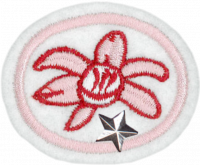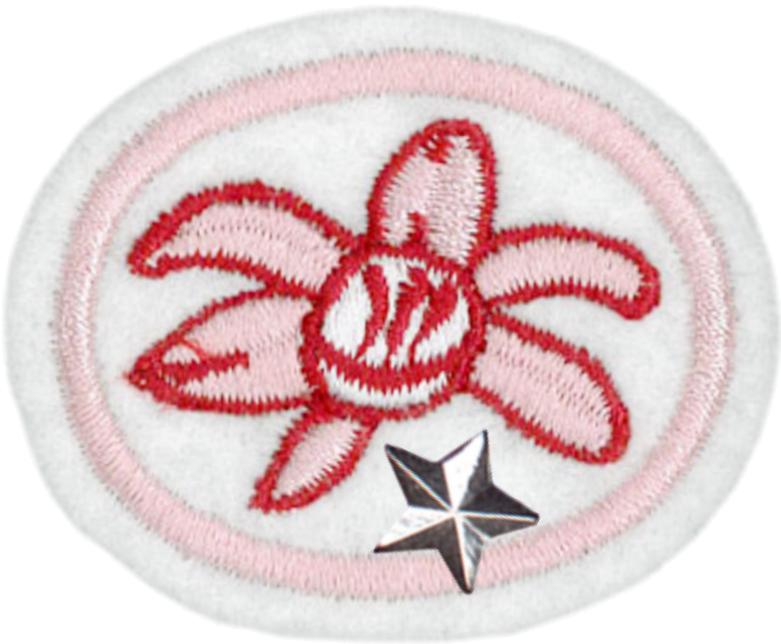AY Honor Orchids - Advanced Answer Key
From Pathfinder Wiki
< AY Honors | Orchids - AdvancedAY Honors/Orchids - Advanced/Answer Key / (Redirected from AY Honor Orchids - Advanced Answer Key)
The printable version is no longer supported and may have rendering errors. Please update your browser bookmarks and please use the default browser print function instead.
Orchids - Advanced
Skill Level
2
Year
2012
Version
24.04.2024
Approval authority
South American Division
1
Have the Orchids honor.
For tips and instruction see Orchids.
2
Draw or press an orchid and identify the following parts:
2a
Sepal
2b
Petal
2c
Column
2d
Anther
2e
Stamen
2f
Labellum (lip)
2g
Stigma
3
What is the main difference between monopodial and sympodial orchids?
4
What are "cultivars"?
5
How does meristem multiplication work? For what purpose is it practiced?
6
What are keikis?
7
List three uses of orchids for man.
8
Know the essential elements for orchid growth.
9
Name at least two species of orchids that can grow in the following conditions, in the region you live in:
9a
Outdoors, in a common garden o a rock
9b
In the shade or half light
9c
In a greenhouse not acclimatized
9d
In a acclimatized greenhouse
10
Mention some factors that can contribute to a species of orchid becoming endangered.
11
Explain quarantine requirements in your country regarding the import of orchids.
12
Explain the growth process of orchid seeds under conditions in a glass vase.
13
Describe the world distribution of orchids and analyze how the knowledge of the height above sea level, the native habitat of an orchid is important for those who grow them.
14
Cultivate a small collection of orchids (from at least two genera) until they bloom (at least four different orchids). Afterwards, present a monthly photographic history, accompanied by notes on the development and the necessary care during each month, with the growth of each plant.



